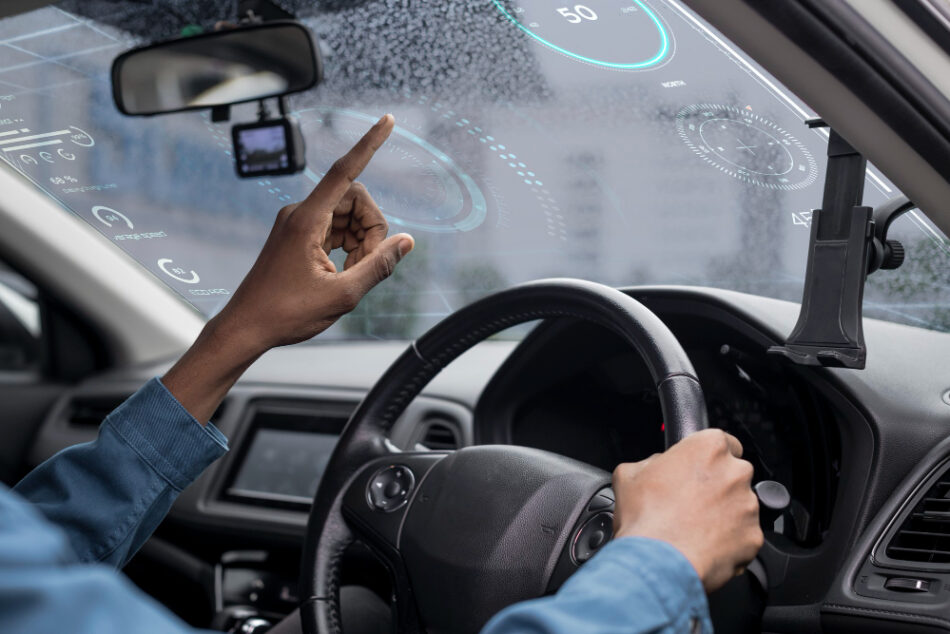As cities grow smarter and transportation infrastructure becomes increasingly digital, the adoption of intelligent traffic solutions has accelerated rapidly. One of the most pivotal tools in this transformation is the license plate recognition system (LPRS), which plays a central role in automating vehicle monitoring, enhancing urban security, and streamlining traffic operations. Whether it’s for toll collection, access control, parking management, or law enforcement, selecting the right LPRS can determine the effectiveness of your mobility and surveillance strategies.
This article outlines the essential features to look for in a license plate recognition system and offers insight into how these technologies are contributing to improving traffic management and public safety through intelligent detection systems.
What is a License Plate Recognition System?
A license plate recognition system (LPRS), also known as automatic number plate recognition (ANPR), is a type of computer vision technology designed to read and analyze vehicle license plates. By capturing images of passing vehicles and using optical character recognition (OCR) to identify alphanumeric characters, LPRS provides actionable data in real time. This system is typically used by traffic authorities, smart city planners, law enforcement, and commercial facility managers.
Why Choosing the Right System Matters
Not all license plate recognition systems are created equal. Performance depends heavily on hardware quality, software intelligence, environmental adaptability, and integration capabilities. A well-selected system ensures accurate readings, operational efficiency, and long-term reliability across use cases—from urban traffic monitoring to securing entry gates.
Key Features to Consider in a License Plate Recognition System
1. High Accuracy and Real-Time Processing
Accuracy is paramount in LPRS deployments. The ideal system should offer real-time plate recognition with a high success rate, even at varying vehicle speeds or plate conditions (e.g., dirty, damaged, or partially obscured). Advanced systems use AI-based OCR that adapts to different plate formats, fonts, and lighting conditions, delivering accuracy rates above 95%.
2. Multi-Lane and Multi-Format Support
Modern roads handle high volumes of traffic across multiple lanes. An effective LPRS must support multi-lane monitoring with the ability to process multiple vehicles simultaneously. Additionally, it should recognize a variety of regional and international plate formats, including different languages, colors, and layouts.
3. Infrared and Low-Light Performance
Poor lighting or adverse weather can dramatically reduce the performance of traditional systems. Look for solutions equipped with infrared or low-light cameras capable of night-time operation without compromising accuracy. This is especially important for 24/7 surveillance setups, highway toll booths, and border crossings.
4. Edge Processing and AI Integration
Edge computing has become a critical feature in intelligent detection systems. By processing data locally at the device level, systems can reduce latency, ensure quicker response times, and minimize network dependency. Integration of AI models enables not only plate recognition but also vehicle make/model detection, color identification, and behavioral analytics—offering a more comprehensive traffic analysis framework.
5. Scalability and Cloud Compatibility
As the needs of a city or organization evolve, so should its LPRS infrastructure. Opt for systems that are scalable—supporting both local deployments and large-scale networked environments. Cloud compatibility ensures centralized data access, real-time analytics, remote configuration, and enhanced cybersecurity, all crucial for enterprise or governmental applications.
6. Seamless Integration with Existing Systems
A robust LPRS should integrate smoothly with existing security and traffic management systems, such as video surveillance platforms, traffic signal control systems, toll collection software, and parking management solutions. APIs and SDKs for integration allow flexibility and customization based on project requirements.
Top 5 Companies Providing License Plate Recognition System Services
As the global market for license plate recognition grows, several companies stand out for their innovation and reliability:
- Vehant Technologies – Known for AI-powered traffic and security surveillance solutions that incorporate cutting-edge LPRS and intelligent detection systems.
- Genetec Inc. – Offers scalable LPR solutions integrated with security management systems, suitable for urban surveillance and law enforcement.
- Kapsch TrafficCom – Specializes in tolling and traffic enforcement solutions, providing robust LPR technologies for smart mobility ecosystems.
- Siemens Mobility – Offers a comprehensive portfolio for intelligent traffic solutions, including number plate recognition integrated with traffic management.
- Neology – Known for advanced vehicle recognition, tolling, and border control systems deployed across North America and Europe.
These companies are leading innovation in the field, contributing to smarter, safer, and more efficient cities worldwide.
The Role of LPRS in Intelligent Traffic Systems
Today’s smart cities depend on data-driven decisions, and LPRS plays a crucial role in this digital transformation. By combining license plate recognition with intelligent detection systems, authorities can gain actionable insights to reduce congestion, improve safety, and enhance urban planning. Read more about how cities are improving traffic management and public safety through intelligent detection systems powered by AI and computer vision.
Conclusion
Choosing the right license plate recognition system involves more than just selecting a camera—it requires a comprehensive approach that includes AI-driven analytics, environmental robustness, real-time performance, and integration flexibility. As cities and organizations continue to invest in intelligent infrastructure, LPRS will remain a cornerstone technology that supports smarter mobility, safer communities, and more efficient services.
Investing in feature-rich and future-ready systems ensures not only accurate vehicle recognition but also helps build the foundation for the smart cities of tomorrow.






